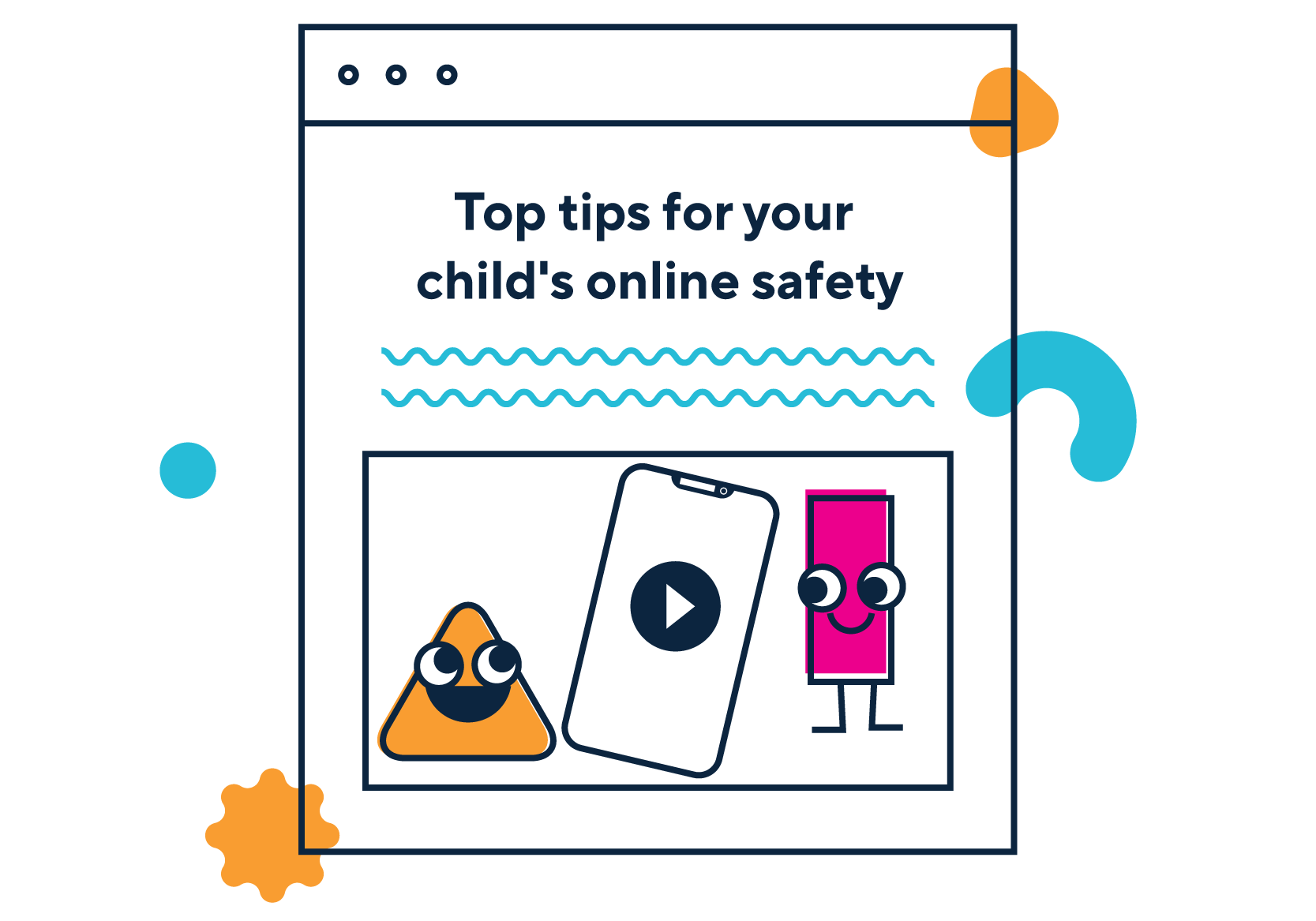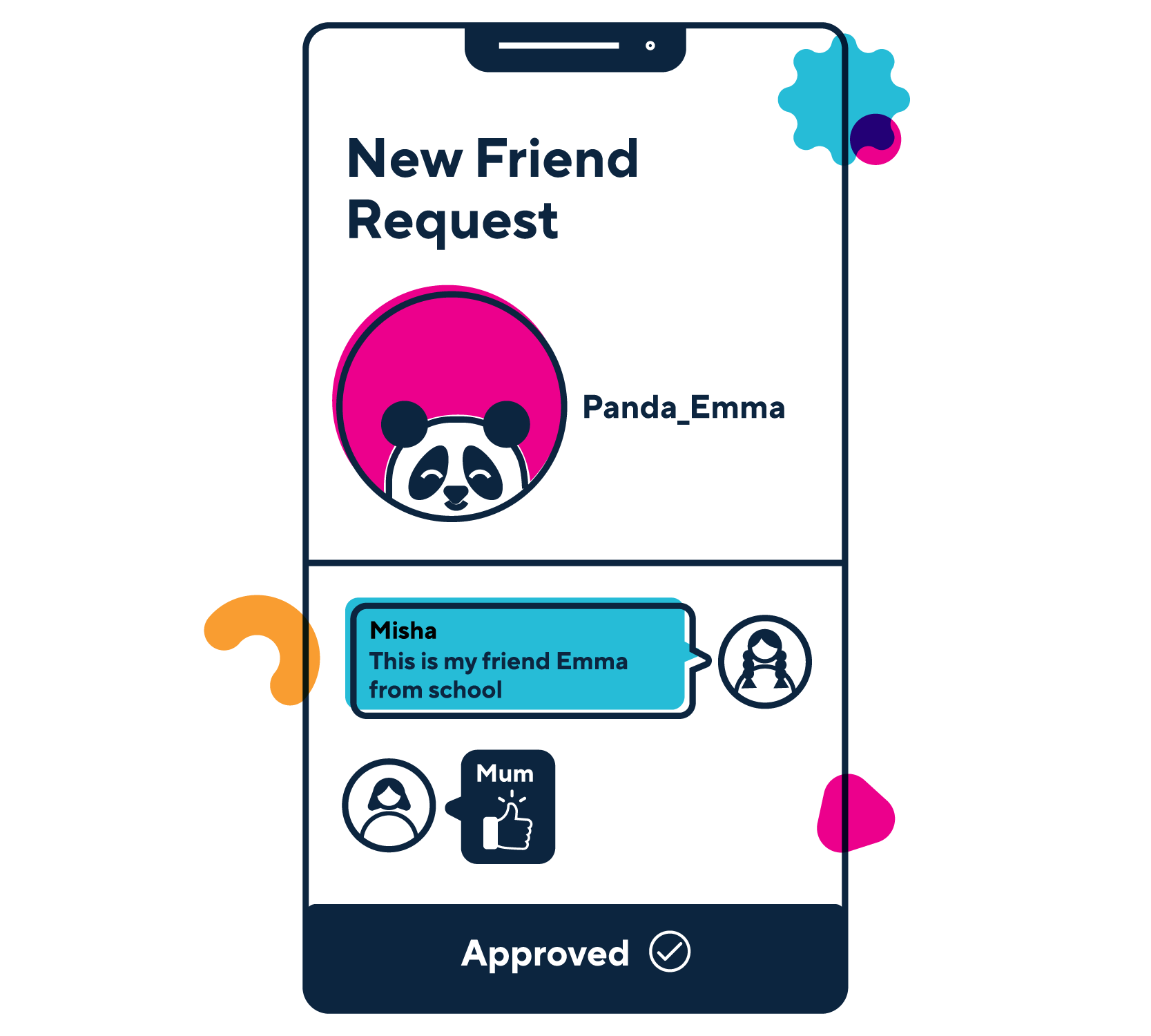Design for meaningful parent or guardian-child interactions
This section outlines how to design privacy information that meets children’s needs as they grow and develop.
Think about parents and children’s needs
Children may need to seek help from parents and carers to understand privacy information or give consent. You need to think about parental needs as well as children’s in the user experience:
- Design privacy information that’s easy for parents to find, understand and get support if they are unsure.
- Create resources to help parents discuss privacy and data with children.
- Give parents support to give consent on children’s behalf or help children make decisions.


Example of child-guardian privacy discussion: Children could talk to guardians about how they know new connections.
Create space for children and guardians to discuss privacy
Think about how children and parents and carers could collaboratively make decisions about privacy and data.
Explore how families could set boundaries together rather than discreet tick-box interactions to gain parental consent.
Be transparent to children when parents are controlling or monitoring how they use products.
Parental support should change as children grow
As children develop, their autonomy, independence and privacy expectations increase. Think about how the role of parental support might change over time.
There may be moments in your user journey when children are likely to need more parental support. For example, understanding how your service uses data when children first sign up or try to change a privacy setting for the first time.
Consider how to design transition moments for older children to learn to make decisions independently.

Example of collaborative decision making: Let guardians suggest privacy settings as children start to make independent choices.

Don’t offer parental tracking without transparency for the child
If you offer parental controls, provide age-appropriate explanations and a clear signal so children know when parents are monitoring them.
Don’t design parental consent controls that children can easily avoid or bypass
Design interactions that make it hard for children to avoid getting parental consent if needed. This could mean presenting a maths problem that stops children with lower literacy from going ahead without an adult. Make sure these interactions are accessible for parents.


- Have you designed privacy information and resources that meets parents’ needs?
- Have you identified opportunities in your user experience for parents and children to discuss privacy?
- Have you understood how the role of parents and carers changes as children using your service grow up?
- Have you considered how to show children when parents monitor them?
Design test
Take our test to see if you're designing meaningful parent and carer-children interactions.

Explore more themes

Protect children’s privacy by default
This section outlines how to design privacy settings for children so they offer the highest protection by default.

Getting started
This section outlines ways to understand and introduce the Children’s code standards into your practice.